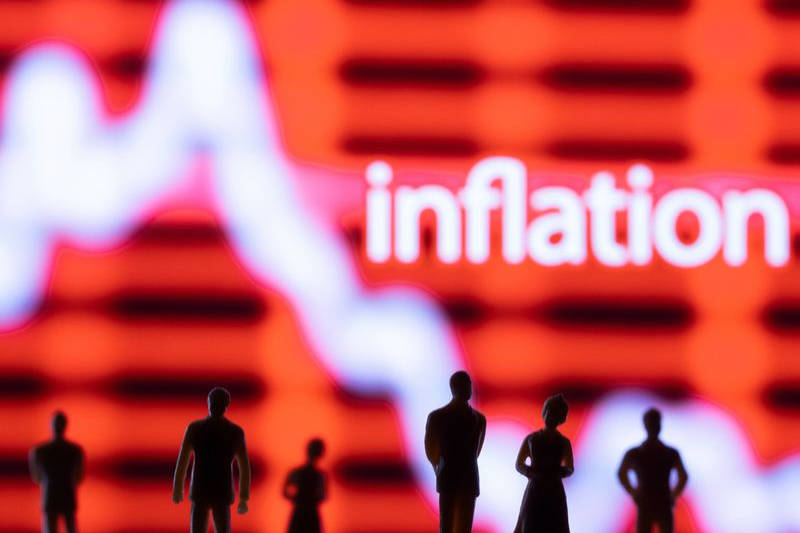United Homes Group stock plunges after Nikki Haley, directors resign
Investing.com -- Consumer inflation in the eurozone remained at the European Central Bank’s target in July, slightly higher than expected but still limiting pressure on policymakers to further cut interest rates after the central bank ended its easing cycle last month.
The consumer price index (CPI) rose by 2.0% annually last month, unchanged from June, but just above the 1.9% gain forecast.
Month-on-month, the reading was flat at 0.0% in July after posting a gain of 0.3% in the prior month.
Stripping out more volatile items like food and fuel, the "core" number remained at 2.3% in the twelve months to June, matching the level seen the prior month.
Inflation in the eurozone’s biggest economies was largely subdued, suggesting that the rapid price growth, caused by post-pandemic demand, supply chain disruptions and the war in Ukraine, has now been defeated.
Inflation in Germany eased to 1.8% in July from 2.0%, Italy eased to 1.7% from 1.8%, France was unchanged at 0.9%, while Spanish inflation jumped to 2.7% from 2.3%.
The ECB currently projects an 18-month period of modest undershooting its target before price growth returns back to 2% in 2027.
The eurozone’s central bank held rates steady at 2% last week – having cut its policy rate eight times since June 2024 – and offered a modestly upbeat assessment of the eurozone economy, raising doubts among investors about further policy easing, especially given the uncertainty surrounding the impact of the U.S. tariffs on EU imports.
The United States will impose a 15% tariff on most European exports as part of an agreement announced over the weekend. While down from even more elevated threatened rates, the tariffs are the highest since the 1930s.
Markets see less than a 50% chance of another rate cut this year and have started to price in a hike towards the end of 2026.
